I have had a bit more fun playing with indices and the theoretical rate of returns they generate over the long term. This time I wanted to look at a different segmentation within the market – I split the All Ordinaries Total Return and the Small Ordinaries Total Return and looked at their relative return.
I have to admit the size of the differential did surprise me when I plotted both of them. However, a few points spring to mind when looking at this difference. The first thing to note is that this is a comparison of the total return indices – that is dividends are folded back into the calculation. It is difficult to get comparative figures on the yield from the Small Ords – the best I could do was to look at the yield on the Small Ords ETFs and use that as an analogue. Currently this is sitting at about 1.74%. The comparative yield on All Ords is sitting at about 4% – over time this difference in return becomes substantial. The Small Ords also has a high weighting of Material stocks and since we have not really had a commodity boom for some years it is not surprising that it lags. Add to this the flight to quality since the GFC and you have a reasonable explanation as to why it lags.
For interest sake I thought I would plot the price only version of these two indices.
The differential exists but it is not as pronounced which is to be expected. To get a true sense of the impact of dividends within an index I decided to plot the All Ords TR and the All Ords price only.
To get a sense of the dollar value of this increased return I plotted the All Ords TR minus the All Ords price index and got the following –
Adding money back into a system makes a marked difference in return.This raises the question as to what is the lesson from all of this others than a few pretty graphs and a bit of fun with excel. It seems obvious then an instrument with a higher rate of return will outperform and instrument with a lower rate of return. But that is a somewhat superficial analysis the true point I think lies in the notion of the compounding of returns and the wider question of how traders improve the performance of their systems. Compounding works but very few appreciate how well it works. Traders give lip service to it but they dont really understand the implications of their actions such as constantly withdrawing funds to buy stupid things.
To get an idea of the impact of withdrawals upon performance consider the chart below which represents two hypothetical trading systems. They have an identical rate of return but one is subject to with withdrawals of $5000 per year and the other $2500 per year.
Withdrawing money from an account is the equivalent of accepting a lower overall rate of return – this should be obvious but it is not. The secondary issue is how do traders raise their rate of return. The first point to look at is the cost of doing business. For example there is a lot of talk about CFDs and I am an unabashed fan of them when used properly. If you are using simply as a surrogate for share trading without being creative then you are wasting your time and your rate of return will always be lower than someone trading the exact same system using only equities. The reason for this is simple – they cost money. You pay interest on the entire balance of the trade not just on what you have borrowed. So the first thing traders should do is look at the cost of doing business – controlling your costs is equivalent to raising your rate of return. The second thing I would mention is simply control your losses – harp on about this endlessly but it is a message that does not sink through to the majority of traders for whatever reason.

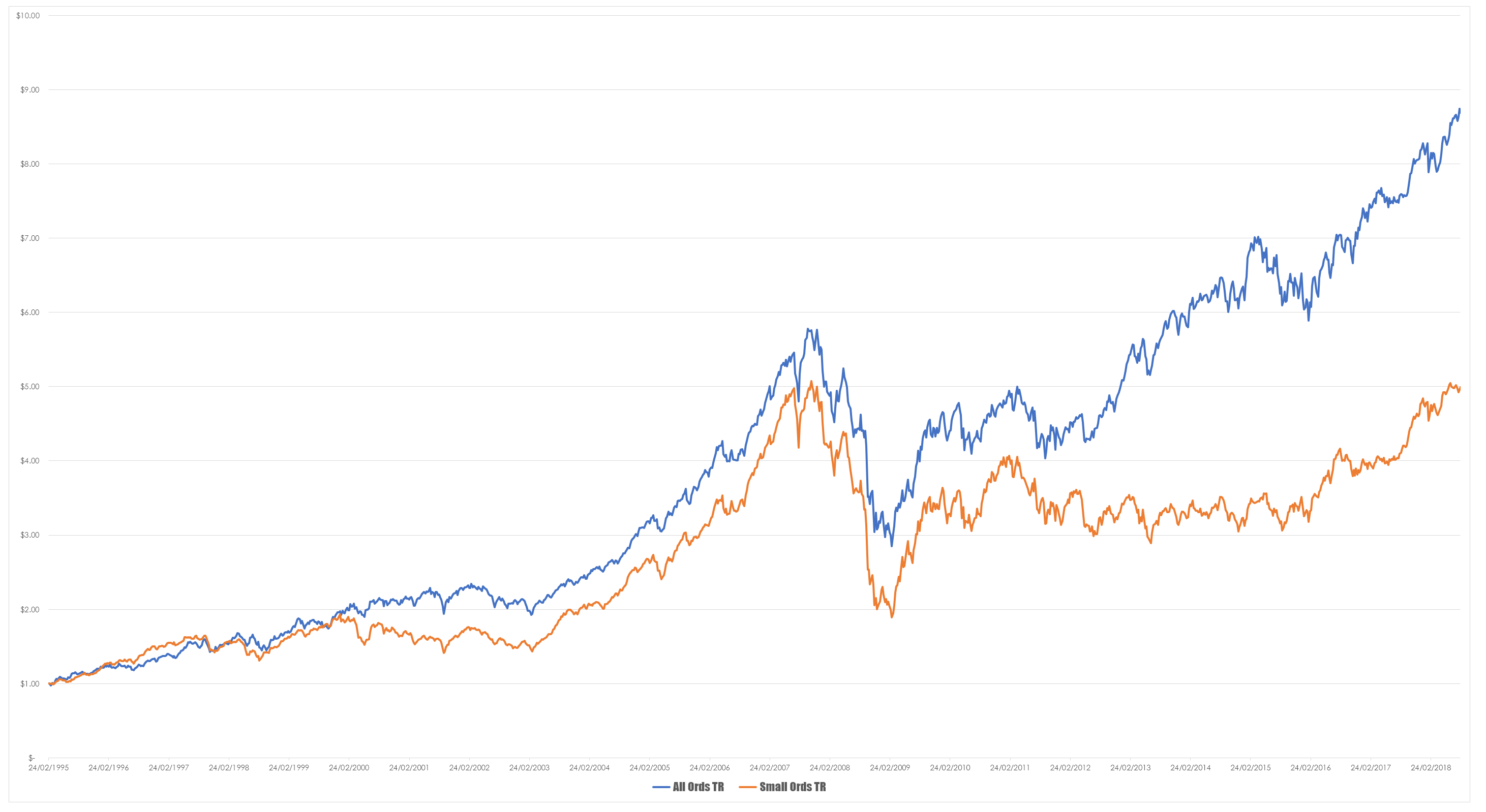
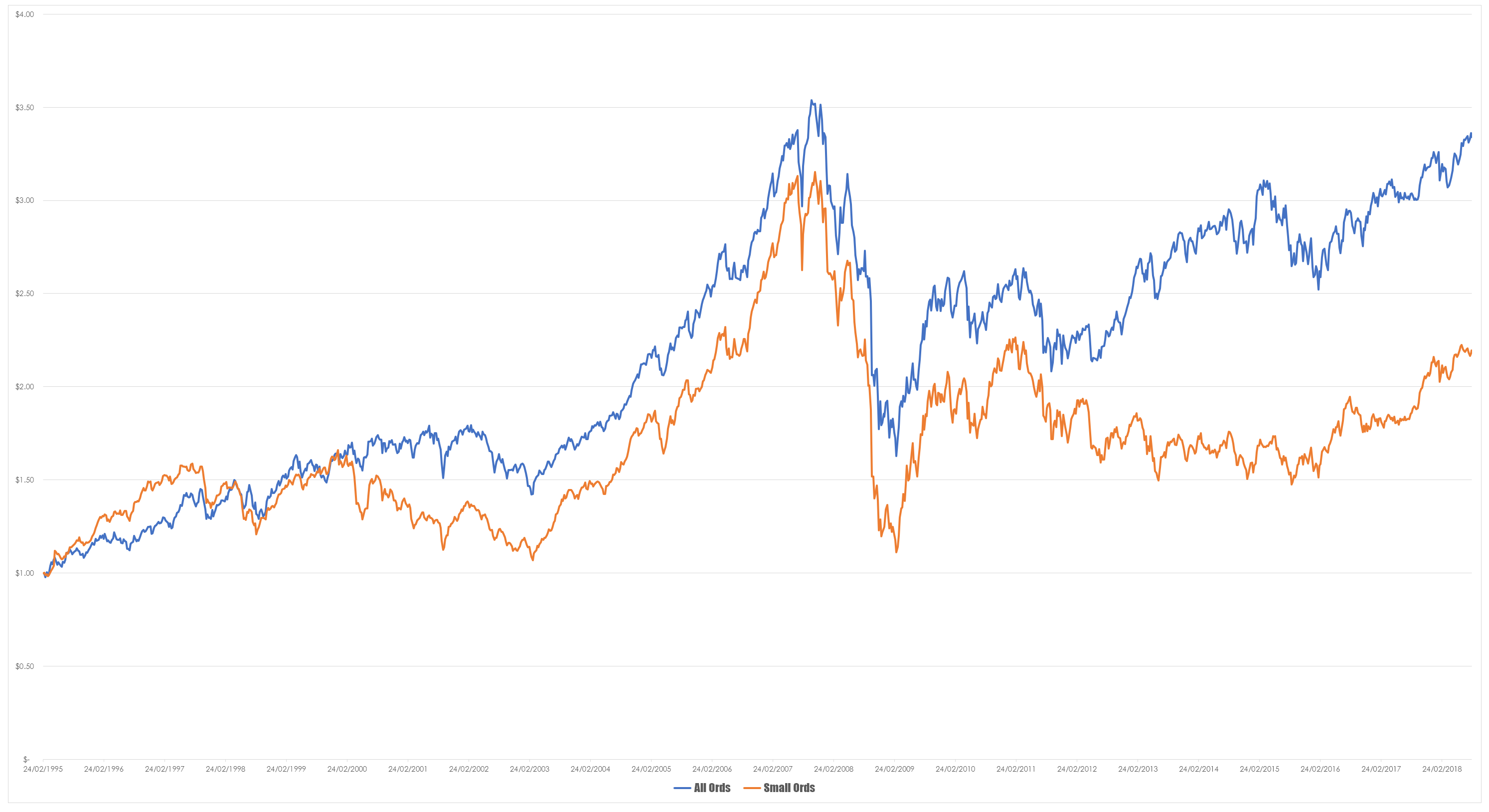
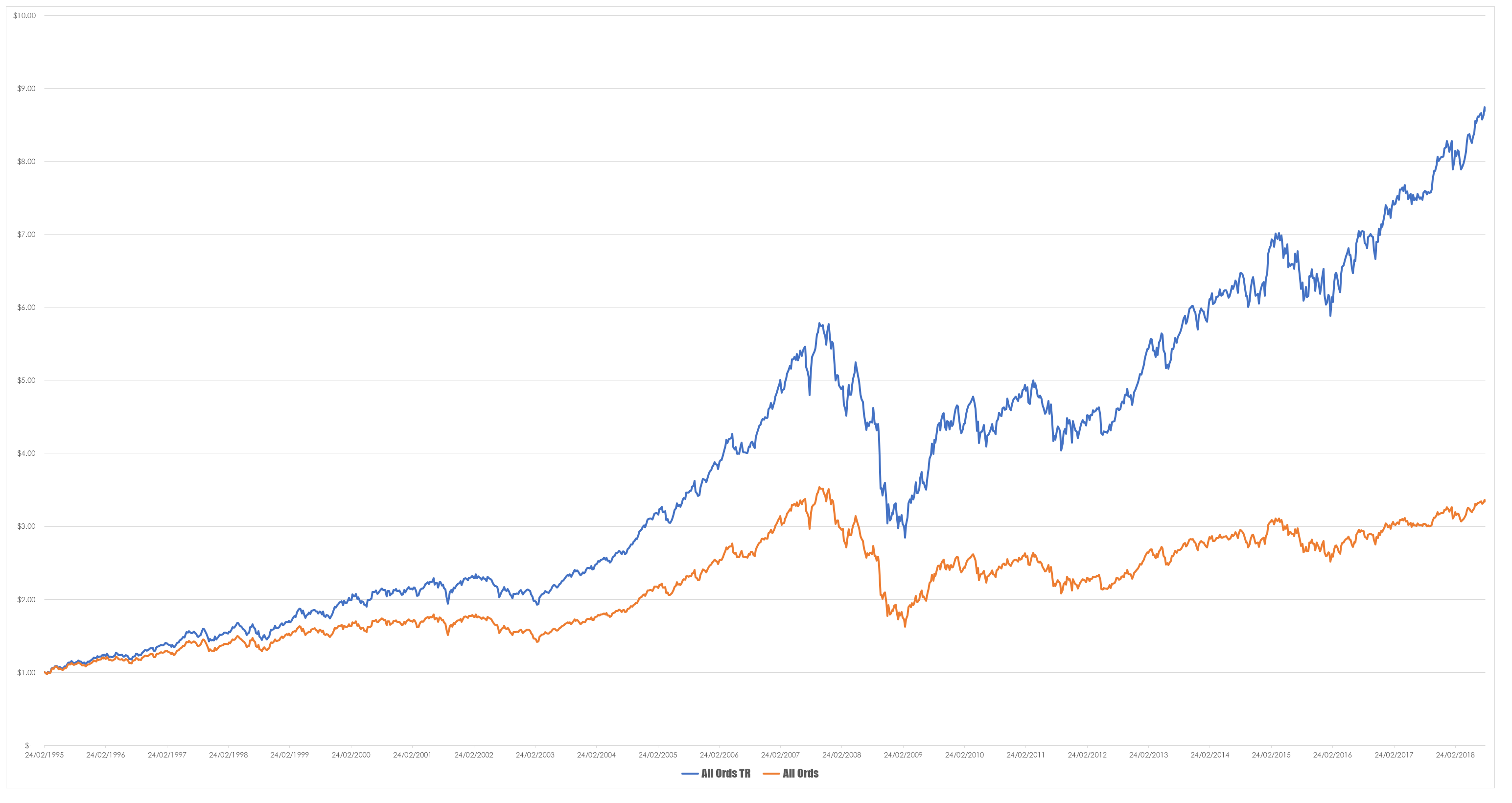
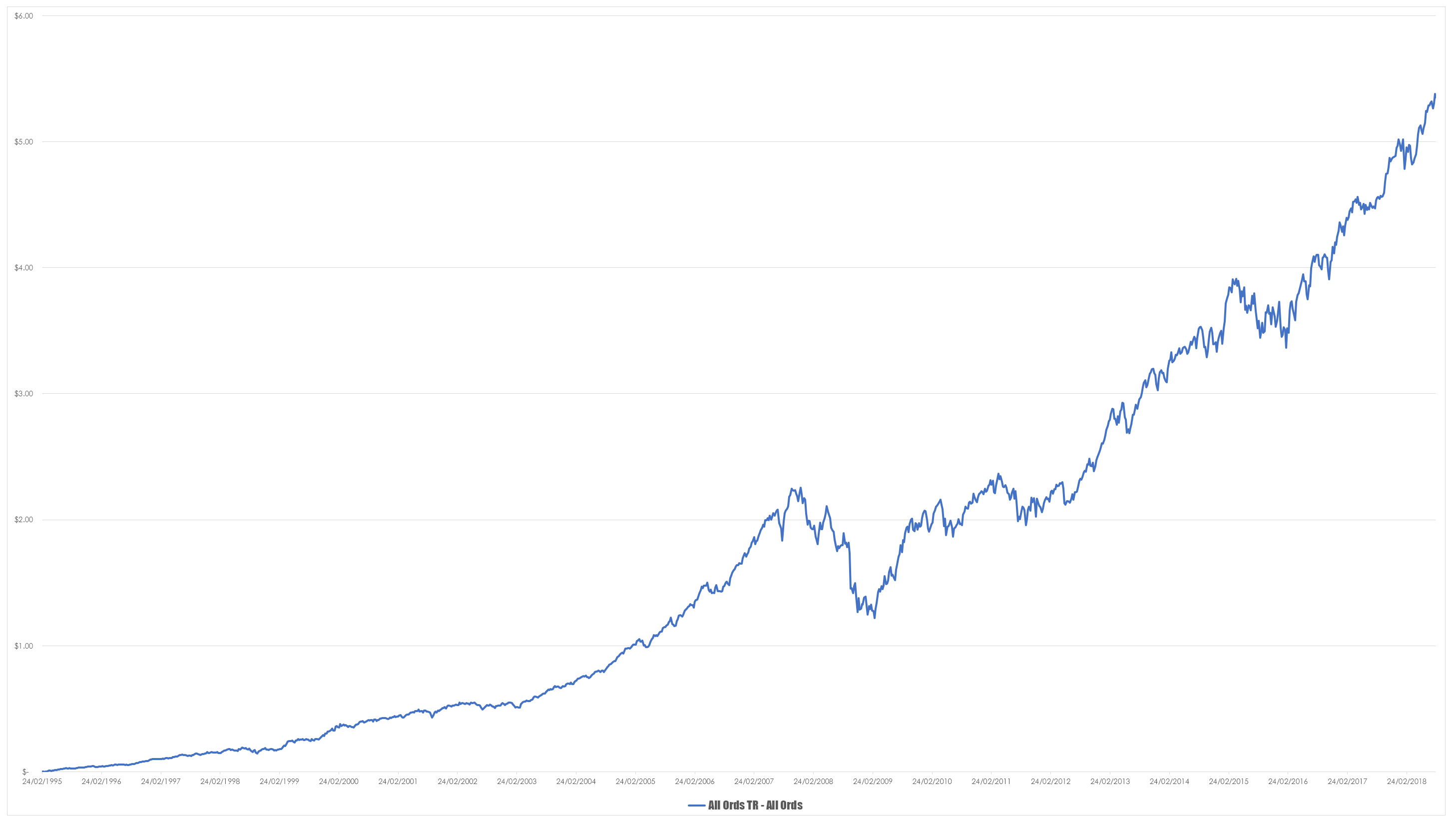
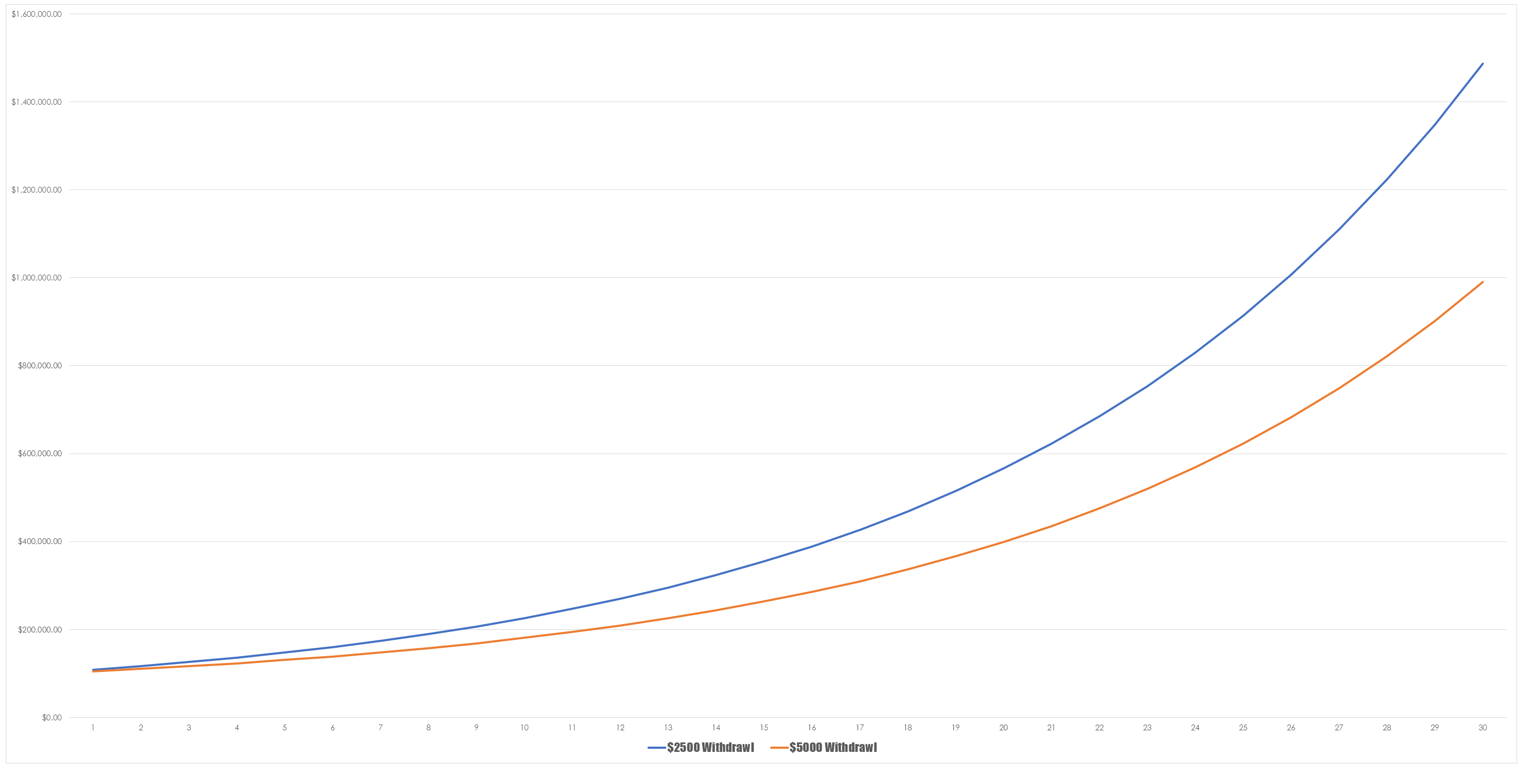





Thanks Chris. I look forward to learning more on these comparisons and how to maximize trading returns.